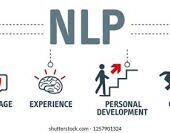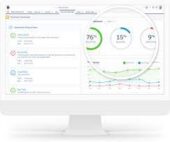A/B testing, also known as split testing, is a method of randomized experimentation that involves presenting two or more versions of a variable (such as a web page or page element) simultaneously to different segments of website visitors. The primary objective is to determine which version has the most significant impact and positively influences key business metrics.
Essentially, A/B testing eliminates guesswork from the process of website optimization, empowering experience optimizers to make decisions grounded in data. In this methodology, ‘A’ denotes the ‘control’ or the original testing variable, while ‘B’ signifies the ‘variation’ or a new version of the original variable. The version that demonstrates a positive impact on business metric(s) is declared the ‘winner.’ Implementing the changes from this winning variation on the tested pages/elements can optimize the website and improve overall business ROI.
AB split testing is also effective for improving email content.
Conversion metrics differ for each website; for instance, in eCommerce, it may be product sales, while in B2B, it could be the generation of qualified leads. A/B testing is a crucial element of the broader Conversion Rate Optimization (CRO) process, providing both qualitative and quantitative insights into user behavior. The collected data aids in understanding engagement rates, user pain points, and satisfaction with website features, including new additions or revamped sections. Neglecting A/B testing translates to missed opportunities for potential business revenue.
What are AB splits?
An A-B split test compares two versions of a marketing campaign, mobile application, website, email, or other measurable media to determine performance. In this test, users are randomly divided into a control group and a variation group.
One imperative to AB Split Testing is that you can only test against one variant per text for measurable and true results. If you want to test the effectiveness of personalization, the color of the CTA button, and a hero image, you have to conduct at least 3 AB Split Tests.
AB Split Testing
A notable example of split testing is the Moz landing page case study conducted by Conversion Rate Experts, where a short-form (original) and a long-form sales page (improved version) were compared. The split test is to determine which variant performs better. It might be content, or call to action button text or color or form length.
While the terms ‘A/B testing’ and ‘split testing‘ are often used interchangeably, the distinction lies in emphasis: ‘A/B’ refers to the competing web pages or variations as selected or responded to, while ‘split’ underscores the equal division of traffic between existing variations.













